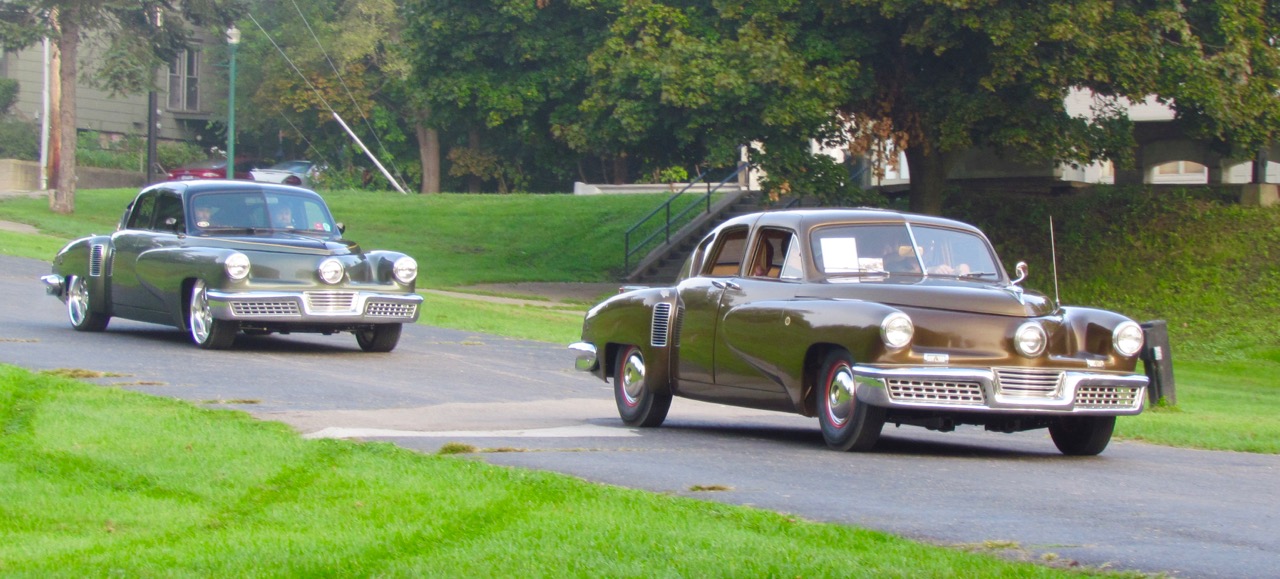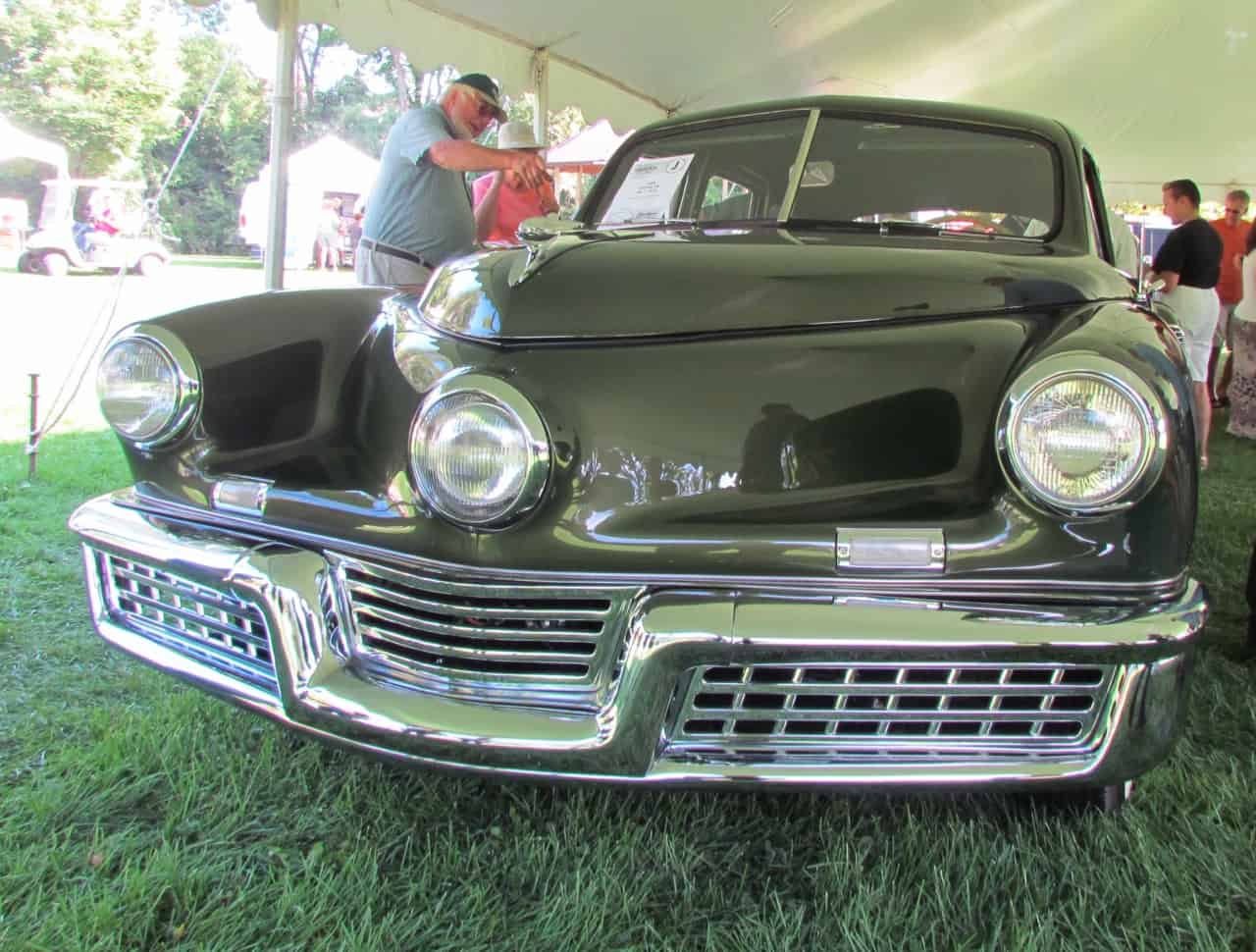
There are several things that make the annual Orphan Car Show in Ypsilanti, Michigan, a special event.
There’s the fact that it’s in Ypsilanti, in Riverside Park and not far from Willow Run, where everything from World War II bombers to GM Hydramatic transmissions and from Kaisers and Frazers to Chevrolet Corvairs were assembled.
Ypsi is where Preston Tucker had his home. It also was home to what is believed to be the first Dodge dealership outside Detroit. The store became a Hudson franchise and when Hudson quit producing cars, it became a storehouse for Hudson parts and expertise and eventually evolved into the Ypsilanti Automotive Heritage Museum.
Twenty years ago, one of the museum’s founders and another local collector became tired of seeing Hudsons and Studebakers and such being parked at the fringes of car shows and started a show open only to cars from automakers either no longer in business — well, except for locally produced Corvairs — or no longer exporting cars to the U.S. market.
Thus the first Orphan Car Show. This year marked the 20th and the featured marque was Tucker, and thanks to the Tucker owners club staging its annual meeting in conjunction with the orphan show, there were three Tucker cars and a couple generations of Tucker family members present.

Oh, there’s another thing that makes the orphan show special — at least for me and my ilk. The judges for the show are not blazer, khakis and straw hat-wearing folks looking for factory-correct fasteners but automotive journalists and a few
Detroit car designers who can tolerate the writers. Our assignment is to select our favorite car in whatever class or classes we’re judging. Often that means the car owner with the best story wins.
We usually work in trios, but this year I worked in tandem with Bill Porter, who for several decades designed cars for General Motors during the day and in the evenings taught design classes at Wayne State University and the Center for Creative Studies.
Judging with Porter was like sitting in one of his classes. We were assigned to judge two groups — Hudson/Essex/Terraplane and Orphans of GM, and some of those orphans were cars Porter had designed, including the last car he designed before his retirement. He didn’t like the car when he designed it, he said, thought it looked like an office building coming down the road. But even in something as seemingly artistic as design, when the bosses mandate a specific shape, sometimes there’s not a lot the artists can do.
Porter shared stories about how cars were designed, about the designers who actually did the work — even if they never got public credit for it — and pointed out nuances on a couple of cars that were widely copied and still can be seen on cars decades later.
He named names and gave both blame and praise.
As we walked around the show field, he talked about classmates who had worked on various non-GM cars, and when we judged the Hudson/Essex/Terraplane group, he talked about how influential were Hudson’s post-WW2 designs.

So, too, were its earlier designs, because Porter took a lot of photos of a 1919 Hudson Essex to which we awarded best in class. Now in his 80s, he’s still lecturing and is working on a book project and the Essex was perhaps the first car with a couple of significant styling features he wants to showcase.
We selected that Essex in part because of its historic design and in part because of its story — it’s been owned by the same family since grandfather bought it when he was around 22 years old.
This year, the orphan show was opened to a wider group of cars — including GM orphans from Oldsmobile and Pontiac, and to all orphan cars produced before 1992 and thus eligible for Michigan historic license plates. The hope is that these changes will attract younger car owners and spectators.
Our best in class among the GM orphans was a 1966 Olds Toronado, a true standout in design for its era and a car that still looks as if it came from another planet, even when compared to the even newer Olds and Pontiacs parked in the same row at the orphan show.
Photos by Larry Edsall





